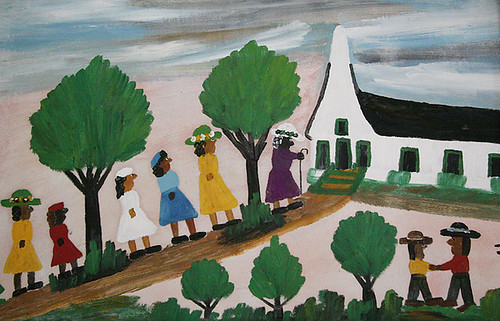Mermaids, Frog Legs, and Fillets (1978)
No Trailer - watch here:
Mermaids, Frog Legs, and Fillets | Folkstreams
Long before the advent of hip-hop as a multi-million dollar industry, African Americans were rapping and rhyming in the street, in their neighborhoods, and on the fish market docks in Washington DC. In this film, Lincoln Rorie and Gerry Williams use traditional rhymes--and make up a few new ones--to entertain their customers, sell fish, and make money. Lincoln, from D.C., was hired by Captain White’s fish market boat in 1973, and inspired Gerry, from a fishing family on the Eastern Shore of Maryland, to use rhyme to sell. It's a remarkable story about a creative tradition in an occupational setting, and about how the expressive spirit takes hold in everyday life.
The film was produced by filmmaker Paul Wagner and folklorists Jack Santino and Steve Zeitlin who were working for the Smithsonian’s Festival of American Folklife which took place on the national mall, about a mile from the fish market. Lincoln Rorie was a participant in a program called DC Folklore, which marked the first time the Festival highlighted its own community of Washington D.C., and the first time they featured a single city as a setting for urban folk culture.





